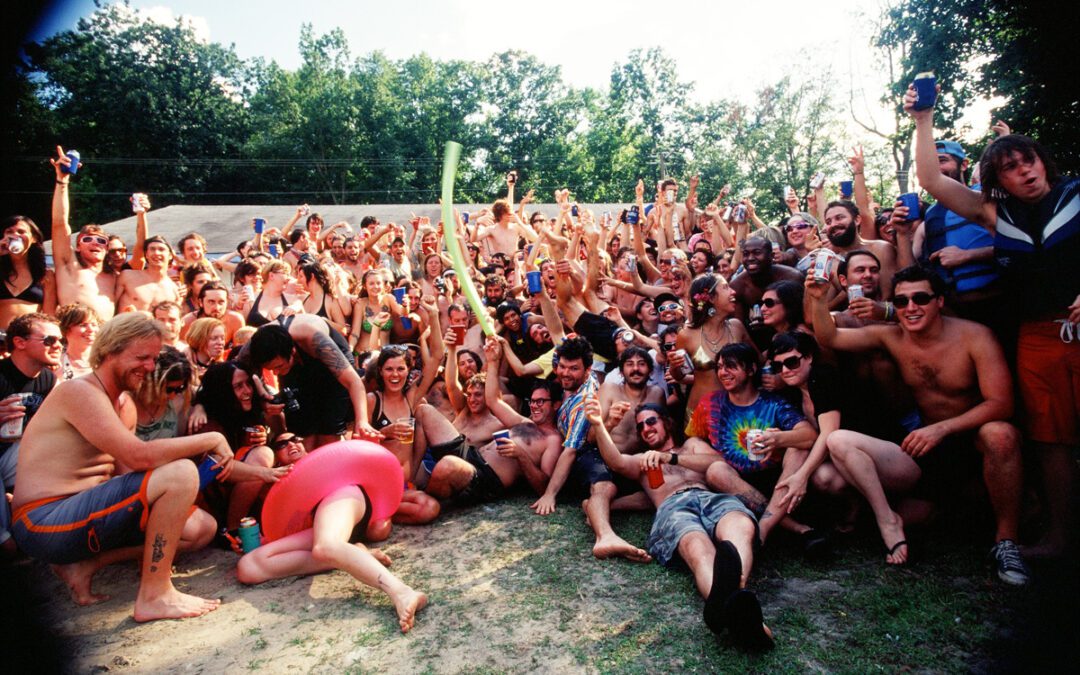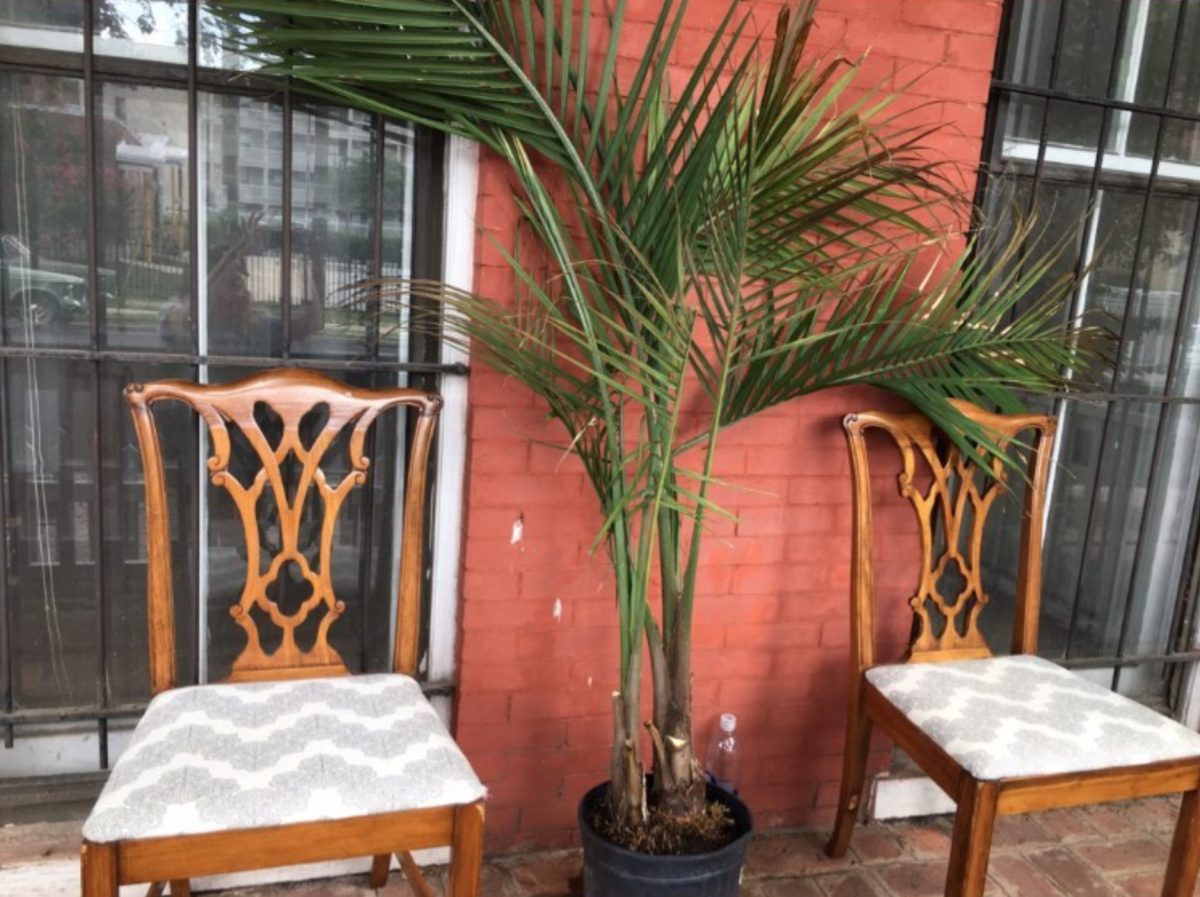The Virginia Repertory Theatre closes the year with the Matt Conner musical The Silver Belles. This is a contemporary ensemble piece often comparable to TV’s The Golden Girls. The play centers around the passing of Oralene. She was the proverbial glue, and leader, of...





